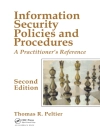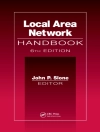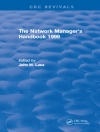Trade in counterfeit goods has developed into a substantial threat to many industries. The problem is no longer confined to prestigious, easy-to-manufacture products which consumers all too often knowingly purchase as cheap imitations. Today counterfeiting affects pharmaceuticals, mechanical spare parts, fast-moving consumer goods and electronic components as well as fashion accessories, clo- ing, cigarettes, and digital media. Even within the different product categories counterfeit supply is extremely diverse. While some goods pose a severe risk to the health and safety of consumers, others have a decent level of quality and s- isfy the needs of most of their users; manufacturing sites exist where people work under almost inhuman conditions whereas other facilities resemble modern, highly automated plants; and counterfeit producers may act like small-time criminals, but may also manage their businesses like multinational companies. On the dema- side consumers sometimes invest considerable effort in searching for low-cost imitations or may become actively engaged in a company’s anti-counterfeiting program. The implications for brand owners are as manifold as the market itself. Effects include losses of revenue due to substitution and constraints to product pricing, erosion of brand value when corresponding goods appear to become less exclusive or of lower quality, liability claims and product recalls if substandard imitations end up in products or on the shelves of licit companies, and increased competition resulting from learning effects among illicit actors who may eventually turn into licit manufacturers.
สารบัญ
Knowing the Enemy – The Mechanisms of Counterfeit Trade.- An Introduction to Counterfeit Markets.- Understanding Counterfeit Supply.- Counterfeit Demand and the Role of the Consumer.- Countermeasures – Best Practices and Strategy Development.- Established Anti-counterfeiting Approaches – Best Practices.- Implementing Anti-counterfeiting Measures.- Management Tools – Towards a Fact-based Managerial Approach.- Determining the Market Share of Counterfeit Articles.- Implications for Affected Enterprises.- Product-protection Technologies.- Principles of Product Security Features.- The Potential of RFID for Brand- and Product-protection.- Managerial Guidelines and Conclusions.- Guidelines.- Concluding Remarks.












